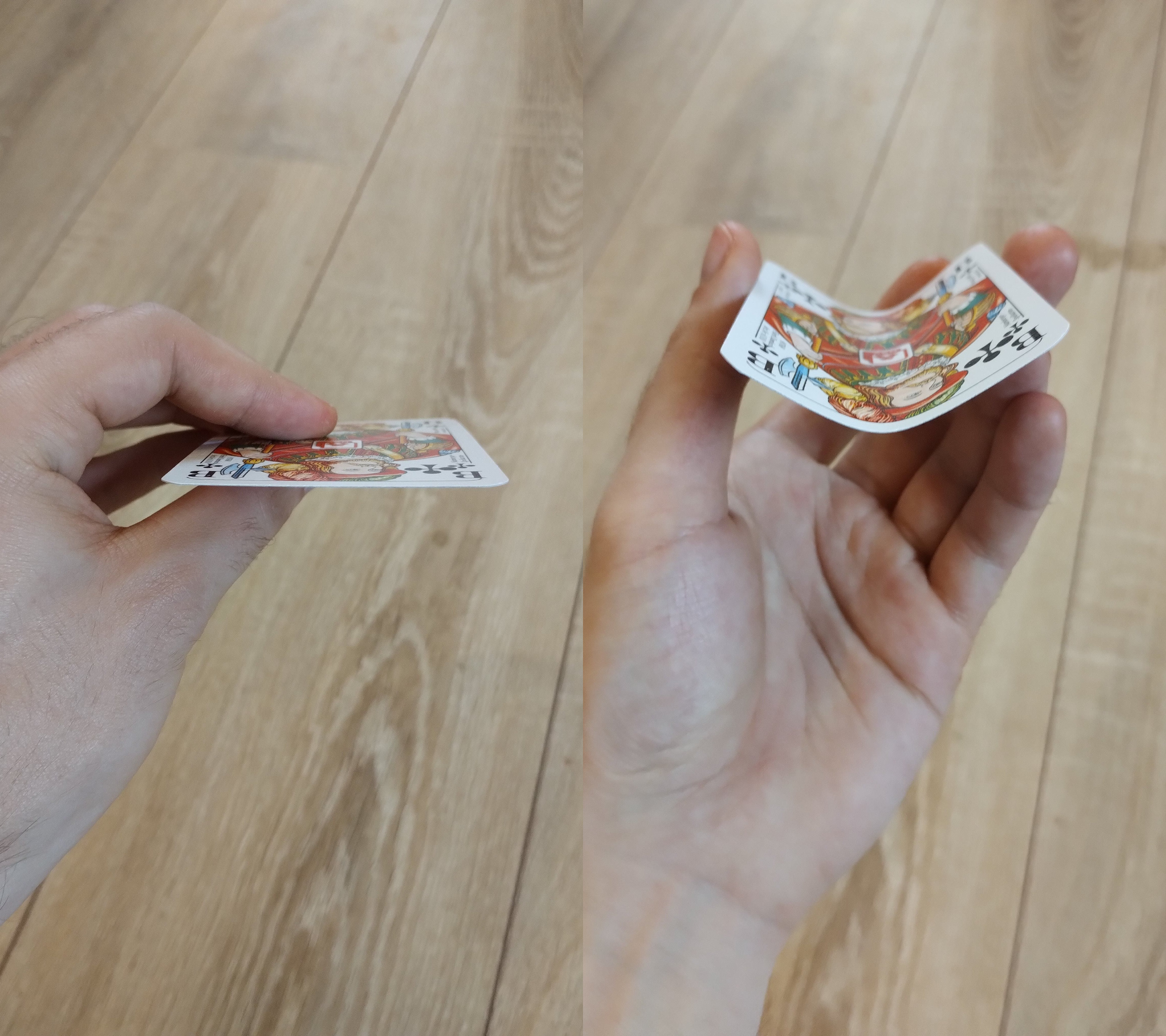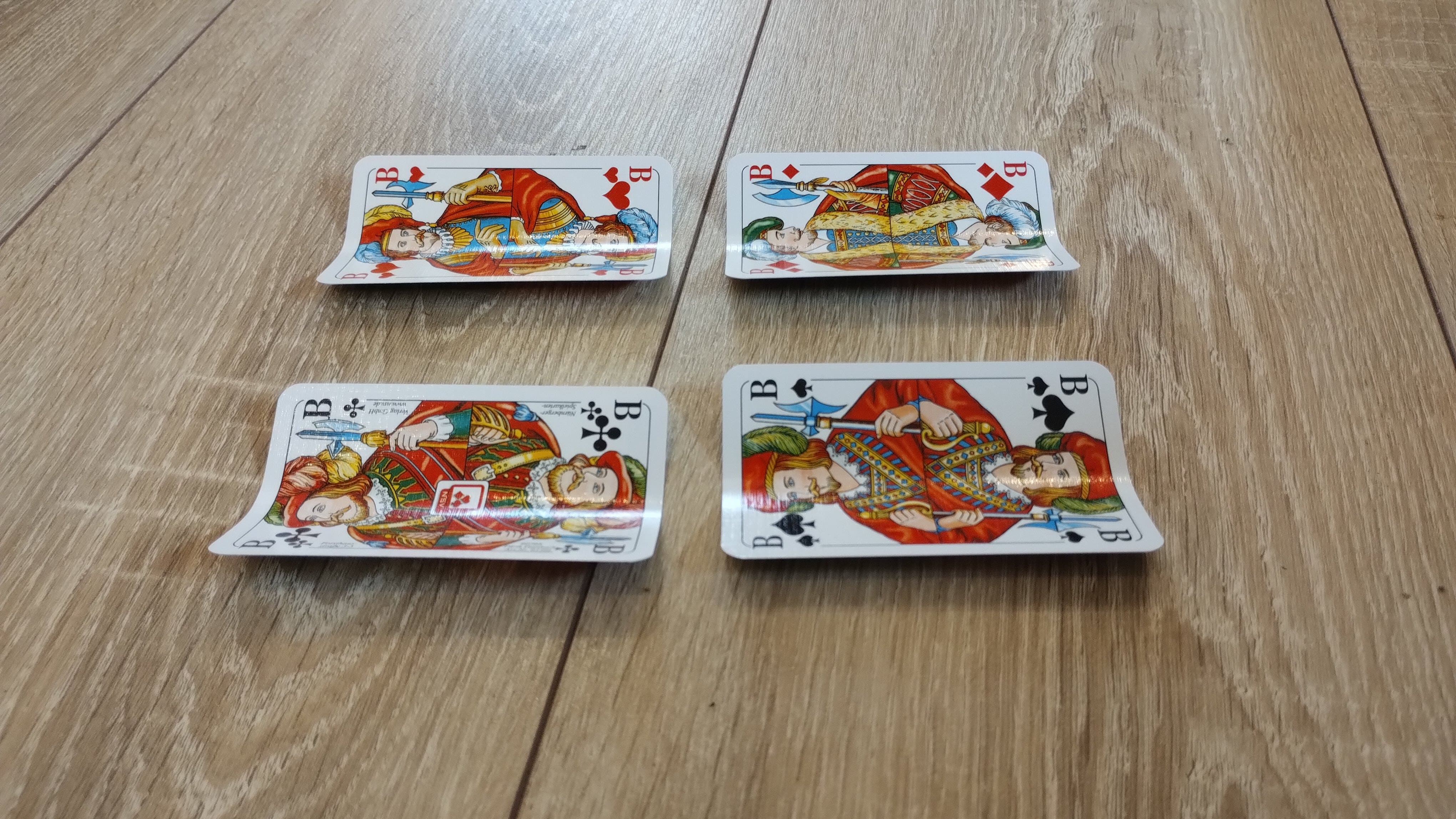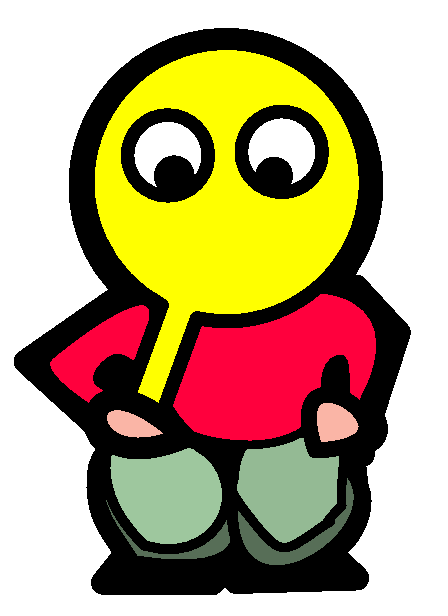A Simple Card Game from my Childhood
July 11, 2024 | 835 words | 4min read
Preliminary
When I was in elementary school, I attended a school that ran all day. After each lesson, we had short breaks, along with three longer breaks: one in the morning, one at lunchtime, and another in the afternoon. The morning breaks are the most memorable for me. During these breaks, the entire school was sent out to the schoolyard, and no one was allowed inside, unlike the other breaks.
Because of this rule, the schoolyard was always packed with kids in the morning, each group in their own clique -— some playing catch, others playing football, and another group playing cards. It’s the latter group that I want to focus on. On the schoolyard, there was a specific spot slightly off to the side and slightly elevated (no more than a foot), with the ground made of solid stone slabs and covered by a roof.
This spot was where the card players gathered for two reasons: first, it was covered, so our cards wouldn’t get wet, and second, and more importantly, the floor was completely flat and smooth, made of those solid stone slabs. You’ll see later why this was of particular importance.
Several different games were played, but the most common ones were Beyblade duels, Yu-Gi-Oh! duels, and a newer game I’ll refer to as ‘Betting Cards Duels.’ The rules for the first two games are widely known and easily found online. However, the purpose of this blog post is to outline the rules for the latter game, as the game seems to be relatively unknown (my searches couldn’t find any matches for it).
‘Betting Card Duels’ Rules
Object of the Game
The goal for players is to flip as many cards as possible face-up. The winner is the player who flips the most cards.
Requirements
- Normally played with 2 players, but can accommodate more.
- (OPTIONAL) A sturdy table is recommended; wood is preferable to stone.
- When slamming your hand on the table (see ‘Let’s Play’), wood causes less discomfort than stone, and solid stone is less painful than asphalt (damn you, schoolyard with your tiny, biting stones).
- A set of cards to play with; the content doesn’t matter, but they should be standard playing card size.
- Although the content of the cards doesn’t matter, if you decide to play with card ownership (see ‘Additional Rules’), your opponent may not agree to play you if your cards don’t have the same ‘value’.
Setup
- Players begin by deciding how many cards to play with; the game can be played with as few as 1 or as many as can fit on the table, though single digits are recommended, with four being standard.
- Bend each card slightly vertically so that when placed on the table, they are not completely flat.

- Each player places their cards in a single row in the middle of the table, face down, creating two adjacent rows.

Exemplary card setup with 4 playing cards.
Let’s Play
The game is played in rounds. To determine who starts, players can flip a coin or use another random method. The starting player begins by slapping the table with their hand to produce a gust of wind; any card that flips face-up due to this wind is removed from the game.
There are few rules on how to generate the wind; the following must be observed:
- Cards cannot be directly touched.
- Only hands may be used to produce wind, and they must touch the table surface.
- Each turn, players can only slap the table once.
- External items such as sticks or paper are not allowed; only hands can be used.
Additional Rules
- Instead of the player who flips most cards being the winner, the player who flips the last card is the winner.
- If on one turn you flip two cards you get an additional turn.
- The game can be played as a betting game where the winning player gains ownership of all the card.
- Different types of cards can be used instead of identical ones; for example, lighter cards like football stickers or heavier ones like Yu-Gi-Oh cards.
- Instead of setting up the cards in rows, players may choose their card formation.
Closing Thoughts
Since I only played this game when I was quite young, I don’t remember all the rules very clearly. What I’ve written here is just what I recall; there could certainly have been more rules.
In practice, when playing this card game, players would first bet and play with cards that had the least value, such as football sticker cards or vehicle trading cards. Only when these lower-value cards were exhausted would they bet desirable cards like Pokémon or Yu-Gi-Oh! cards. Often, one needed to win multiple times until the opponent ran out of low-value cards to get any desirable cards, or at the start of the game, it was decided to bet only certain types of cards (e.g., Pokémon cards).
